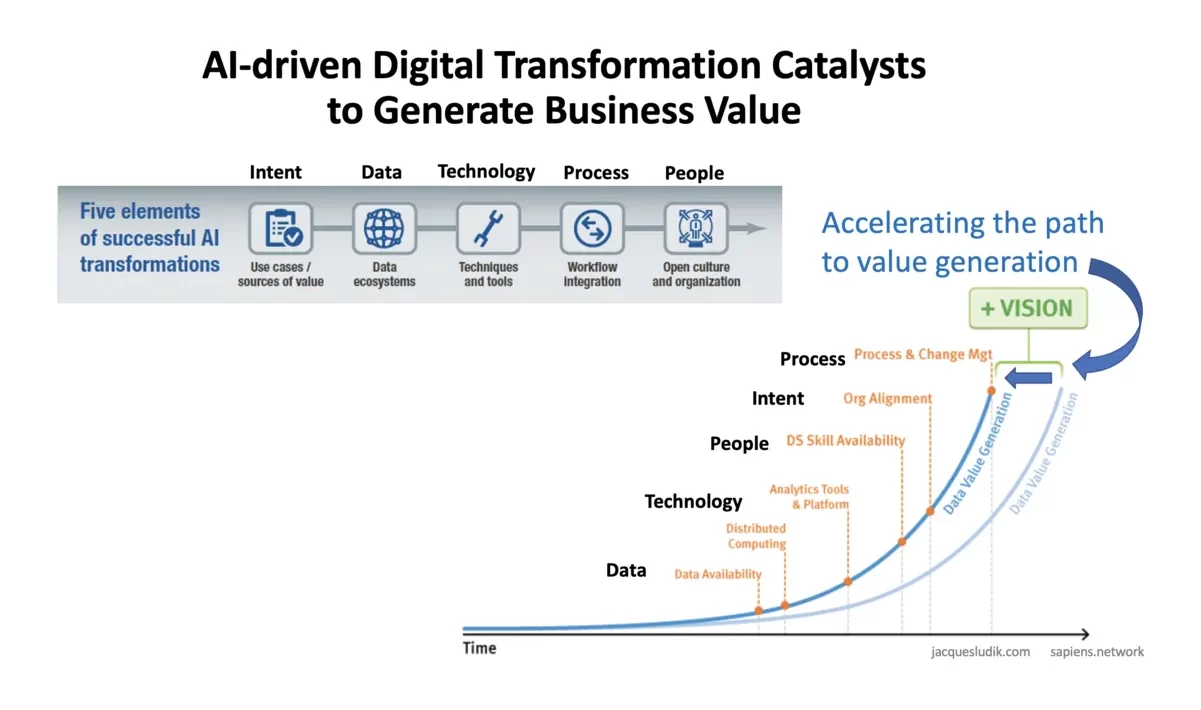In today’s digital era, organizations are constantly striving to streamline their operations, enhance efficiency, and deliver better customer experiences. Digital transformation has become a key priority for businesses across industries. One crucial aspect of this transformation is the management and processing of documents. Traditional manual document processing methods are time-consuming, error-prone, and hinder productivity.
However, the advent of Document AI software has revolutionized document management by automating various processes and driving digital transformation within organizations. Let us the concept of Document AI and how the software can empower organizations and fuel their digital transformation journey.
Overview of Document AI
Document AI is a cutting-edge technology that utilizes artificial intelligence and machine learning to extract, understand, and analyze information from various types of documents. By harnessing these advanced techniques, Document AI also streamlines document-centric workflows and empowers organizations to unlock valuable information hidden within their documents.
What are the components of Document AI?
Document AI comprises several key components that work together to automate document management processes. The components include:
- Optical Character Recognition (OCR): This component converts scanned or printed documents into machine-readable text, enabling the extraction of data from images or PDFs.
- Natural Language Processing (NLP): NLP techniques enable the understanding of the content and context of documents, allowing for intelligent document classification, sentiment analysis, and semantic search.
- Data Extraction: Document AI software uses machine learning algorithms to extract relevant information, such as names, dates, and amounts, from documents, eliminating the need for manual data entry.
- Document Classification: Machine learning models classify documents into categories based on predefined criteria, facilitating efficient document organization and routing.
- Search and Retrieval: Advanced search capabilities enable users to quickly locate and retrieve specific documents based on keywords, phrases, or concepts, streamlining document retrieval processes.
Several Document AI solutions can also analyze large volumes of documents to uncover patterns, providing valuable insights for decision-making and process optimization.
How Can Document AI Software Drive Digital Transformation in Organizations?
Here are some ways in which Document AI Software drives digital transformation by streamlining operations and enhancing overall productivity.
- Enhanced Document Capture and Data Extraction
AI document automation software leverages advanced optical character recognition (OCR) technology to extract relevant data from various types of documents, including invoices, contracts, forms, and receipts. By automating the document capture process, organizations can eliminate manual data entry, significantly reduce errors, and enhance data accuracy.
This not only saves time but also enables employees to focus on more value-added tasks. Furthermore, Document AI software can extract data from unstructured documents, such as scanned PDFs, enabling organizations to unlock valuable insights hidden within their document repositories.
- Intelligent Document Classification and Routing
Managing and organizing a large volume of documents can be a daunting task. Document AI solutions utilize machine learning algorithms to intelligently classify documents based on predefined criteria. For instance, invoices can be automatically categorized based on vendor names, invoice numbers, or purchase order references.
This automated classification ensures that documents are appropriately routed to the right departments or individuals, reducing the chances of misplaced or lost documents. By streamlining document routing, organizations can improve collaboration, accelerate decision-making processes, and enhance overall operational efficiency.
- Accelerated Document Search and Retrieval
Locating specific documents within a vast repository can be time-consuming and frustrating. AI Document software solutions employ advanced search capabilities, including natural language processing (NLP) and semantic analysis, to enable quick and accurate document retrieval. Users can search for documents based on specific keywords, phrases, or even concepts.
This significantly reduces the time spent on manual searches and enhances productivity. Moreover, AI Document automation software can also extract key entities and topics from documents, enabling users to navigate and explore related documents easily.
- Streamlined Compliance and Risk Management
Compliance and risk management are critical considerations for organizations across industries. AI Document automation software can play a vital role in ensuring regulatory compliance and mitigating risks associated with document management.
By automatically analyzing documents, the software can identify sensitive information, such as personally identifiable information (PII) or financial data, and alert users to potential compliance violations. Additionally, Document AI solutions can detect anomalies and irregularities in documents, such as fraudulent invoices or forged signatures, helping organizations identify and address potential risks proactively.
- Improved Customer Experience
Digital transformation is not just about internal efficiency; it also encompasses delivering superior customer experiences. Document AI software can contribute to enhancing customer experience by automating and expediting document-related processes.
Similarly, claims processing in the insurance industry can be accelerated by automatically extracting relevant data from claim forms and supporting documents. By reducing processing times, eliminating errors, and enabling self-service options, Document AI software enables organizations to deliver a seamless and efficient customer experience.
- Insights and Analytics
Document AI software can generate valuable insights and analytics by analyzing large volumes of documents. By identifying patterns, trends, and correlations within documents, organizations can uncover hidden insights and make data-driven decisions.
Moreover, Document AI software can help identify operational inefficiencies, bottlenecks, or compliance gaps by analyzing documents across different processes and departments. These insights allow organizations to optimize their operations, reduce costs, and drive continuous improvement.
How to choose the best Document AI software?
When choosing the best Document AI software for your organization, consider the following factors:
- Ensure the software integrates seamlessly with your existing systems and supports the document formats commonly used in your organization.
- Assess the software’s abilities in document capture, data extraction, classification, search, and analytics, ensuring they align with your specific requirements.
- Evaluate the software’s OCR accuracy, data extraction capabilities, and processing speed to ensure optimal performance.
- Consider the software’s ability to handle growing document volumes and support the evolving needs of your organization.
- Ensure the software meets your security and compliance requirements, including data privacy, encryption, and access controls.
- Look for a user-friendly interface that simplifies the adoption and usage of the software across your organization.
Ensure the software meets your security and compliance requirements, including data privacy, encryption, and access controls.
Conclusion
Document AI software is a powerful tool that streamlines operations, enhances productivity, enables faster decision-making, and delivers superior customer experiences. With its advanced capabilities in data extraction, search, and analytics, Document AI solutions such as Xtract Edge empower organizations to unlock valuable insights from their documents, optimize processes, mitigate risks, and stay competitive.





